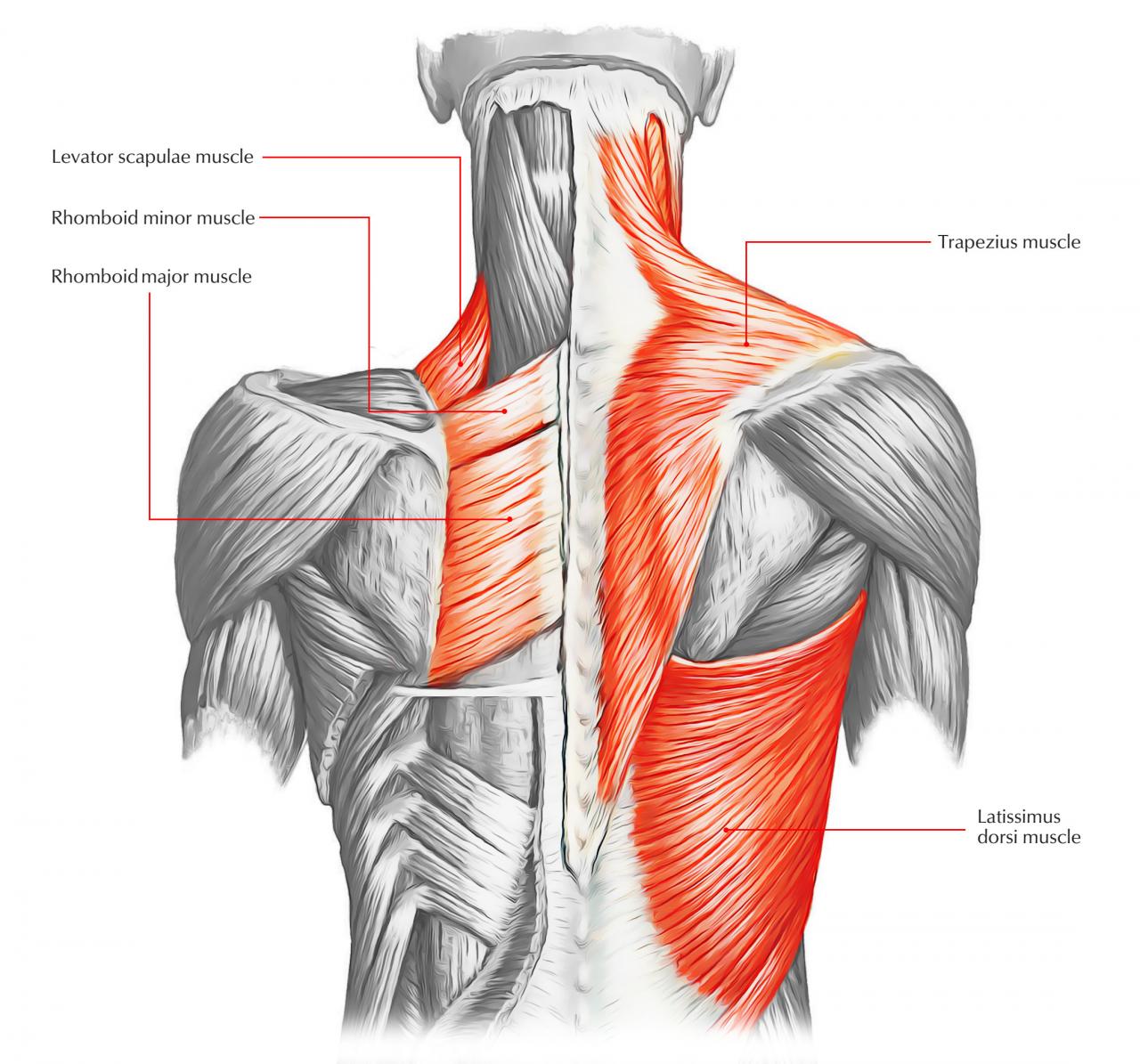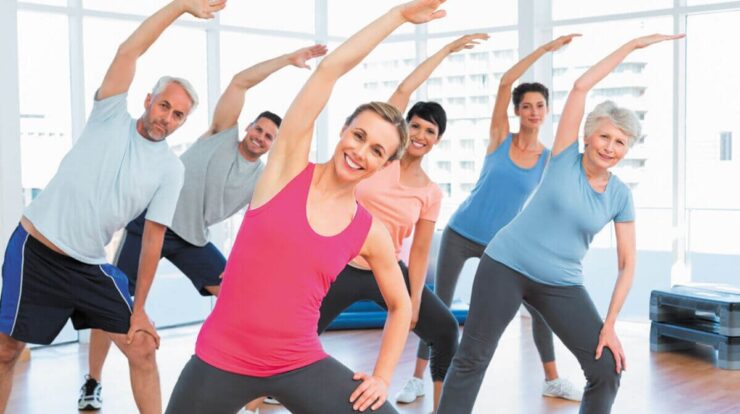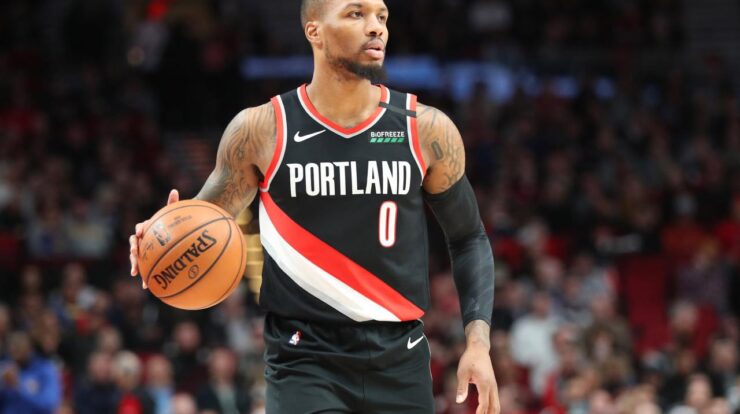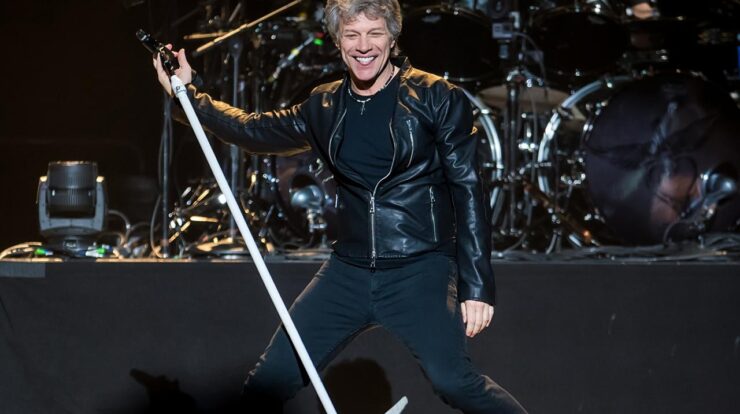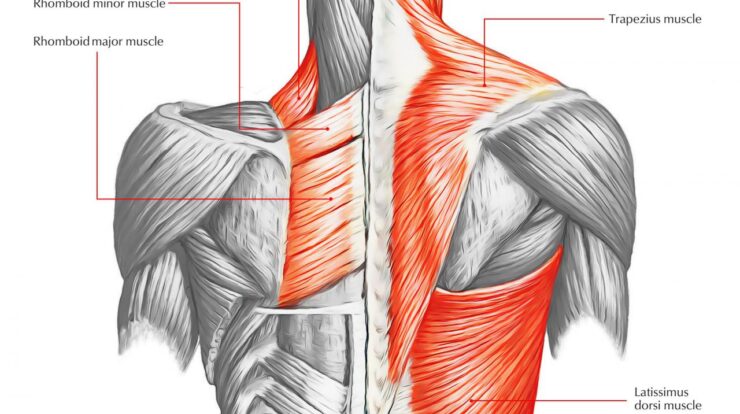
Back muscles, the unsung heroes of our musculoskeletal system, play a pivotal role in our everyday movements and overall well-being. From maintaining proper posture to facilitating complex motions, these muscles are essential for a healthy and active life.
Mothers around the world are being celebrated on Mother’s Day, with many receiving happy mothers day wishes and expressions of love. In Vietnam, Mother’s Day is known as “Ngày của Mẹ” and is celebrated with special meals and gifts. For those who have lost their mothers, happy heavenly mother’s day mom messages offer a way to express their love and remembrance.
In this comprehensive guide, we delve into the intricate anatomy of back muscles, exploring their functions, benefits, and optimal training practices. We also address common injuries and provide expert advice on prevention and rehabilitation.
Back Muscles
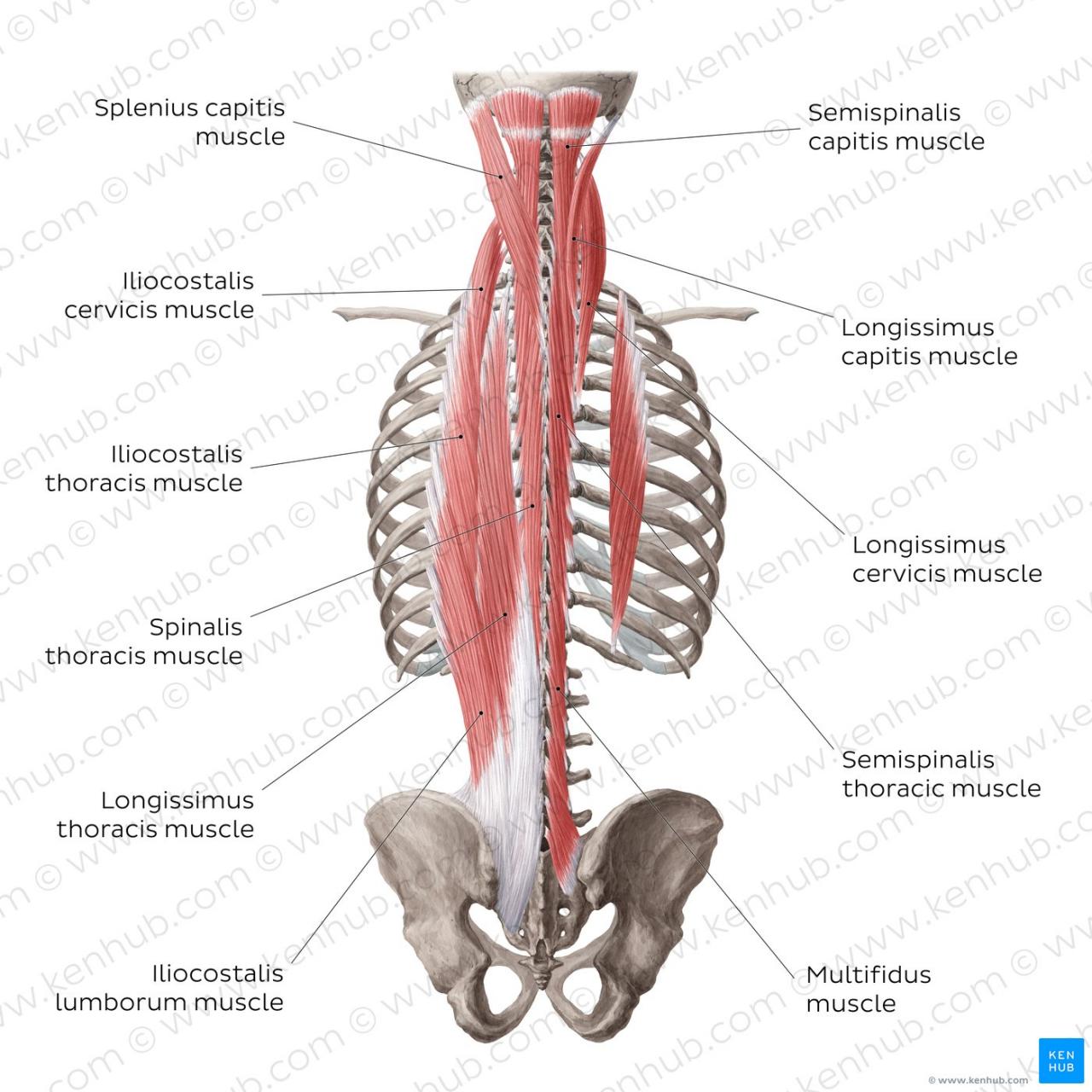
The back muscles, also known as the posterior chain, are a complex group of muscles that extend from the neck to the lower back. These muscles play a vital role in posture, movement, and stability.
Back Muscle Anatomy
The back muscles are divided into three main groups:
- Superficial muscles:These muscles lie closest to the skin and include the trapezius, latissimus dorsi, and rhomboids.
- Intermediate muscles:These muscles lie beneath the superficial muscles and include the erector spinae, multifidus, and rotatores.
- Deep muscles:These muscles lie deepest and include the interspinales, intertransversarii, and levatores costarum.
Each of these muscle groups has specific functions and contributes to the overall movement and stability of the back.
Functions of Back Muscles
The back muscles perform a variety of functions, including:
- Posture:The back muscles help to maintain an upright posture by supporting the spine and pelvis.
- Movement:The back muscles are involved in a wide range of movements, including bending, twisting, and reaching.
- Stability:The back muscles help to stabilize the spine and pelvis, preventing excessive movement and protecting against injury.
Exercises for Back Muscles
There are a variety of exercises that can be used to target the back muscles, including:
- Barbell row:This exercise targets the latissimus dorsi, trapezius, and rhomboids.
- Pull-up:This exercise targets the latissimus dorsi, biceps, and forearms.
- Deadlift:This exercise targets the erector spinae, glutes, and hamstrings.
When performing these exercises, it is important to maintain proper form to avoid injury.
Injuries and Prevention, Back muscles
Back muscle injuries are common and can be caused by a variety of factors, including poor posture, improper lifting techniques, and overtraining.
To prevent back muscle injuries, it is important to:
- Maintain proper posture
- Use proper lifting techniques
- Warm up before exercising
- Stretch the back muscles regularly
Rehabilitation and Recovery
If you do experience a back muscle injury, it is important to rest and follow the advice of a medical professional.
Rehabilitation for back muscle injuries may include:
- Rest
- Ice
- Physical therapy
- Medication
Closing Notes: Back Muscles
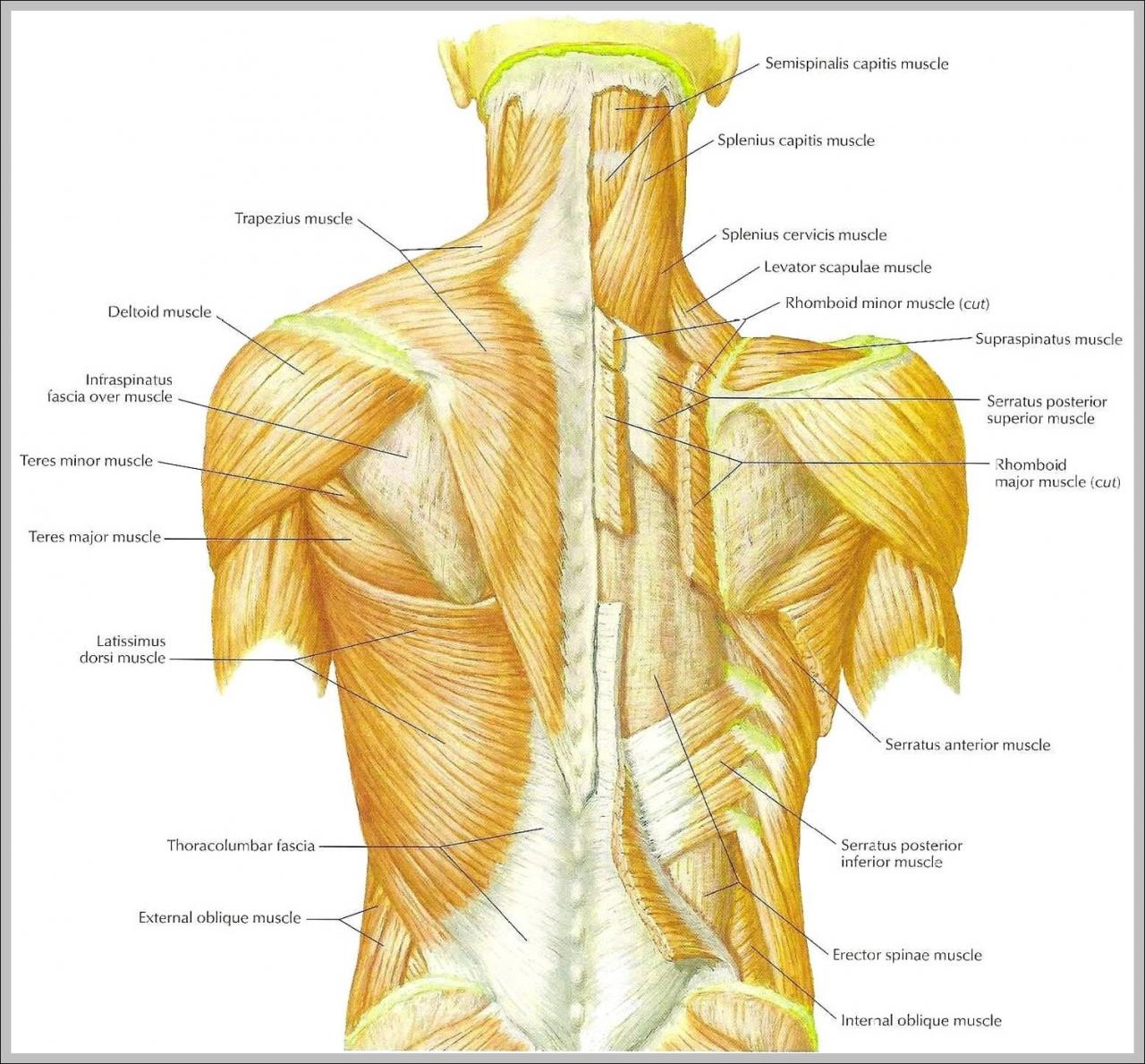
Understanding and caring for our back muscles is crucial for maintaining a strong, healthy, and pain-free body. By following the insights and recommendations Artikeld in this article, you can harness the power of these remarkable muscles to enhance your physical capabilities and overall quality of life.
FAQ Resource
What are the most important back muscle groups?
The major back muscle groups include the erector spinae, latissimus dorsi, trapezius, and rhomboids, which work together to support the spine, facilitate movement, and maintain posture.
How can I strengthen my back muscles?
Effective exercises for strengthening back muscles include rows, pull-ups, deadlifts, and back extensions. Incorporating these exercises into a regular workout routine can help build strength and improve posture.
What are common causes of back pain?
Back muscles play a crucial role in maintaining posture and supporting the spine. Strengthening these muscles is essential for preventing back pain and improving overall physical health. There are various back muscles exercises that can help target these muscles, such as rows, pull-ups, and deadlifts.
By incorporating these exercises into a regular fitness routine, individuals can improve their back strength and reduce their risk of lower back pain.
Back pain can result from various factors, including poor posture, muscle strain, herniated discs, and spinal stenosis. It’s important to consult a medical professional to determine the underlying cause and receive appropriate treatment.
Lower back pain is a common problem that can affect people of all ages. While there are many causes of lower back pain, weak back muscles can be a contributing factor. To alleviate this pain, it is recommended to perform specific exercises to relieve lower back pain . These exercises focus on strengthening the muscles that support the lower back, such as the erector spinae and the gluteal muscles.
By strengthening these muscles, individuals can improve their posture and reduce the likelihood of experiencing lower back pain.
